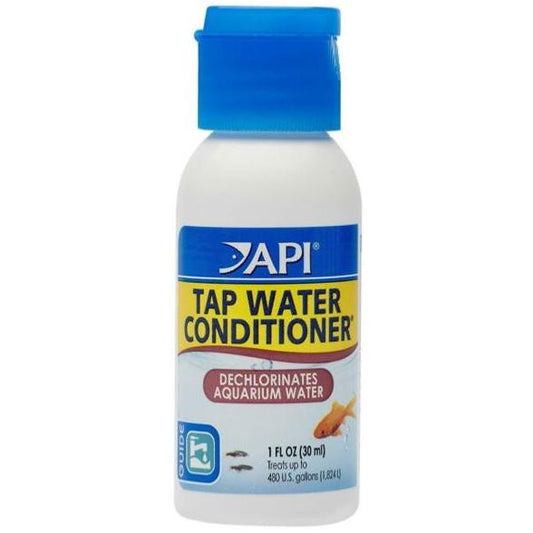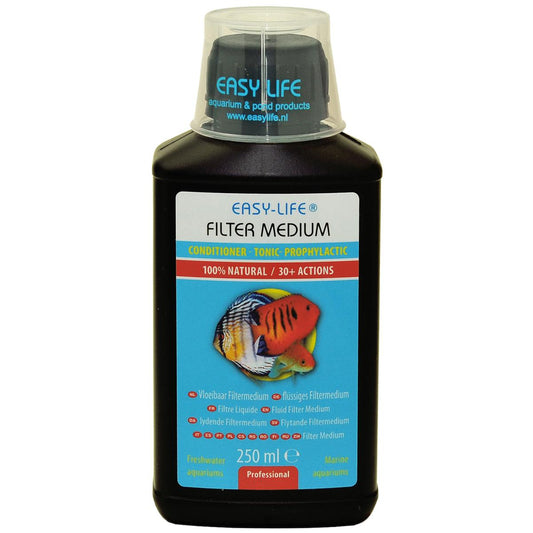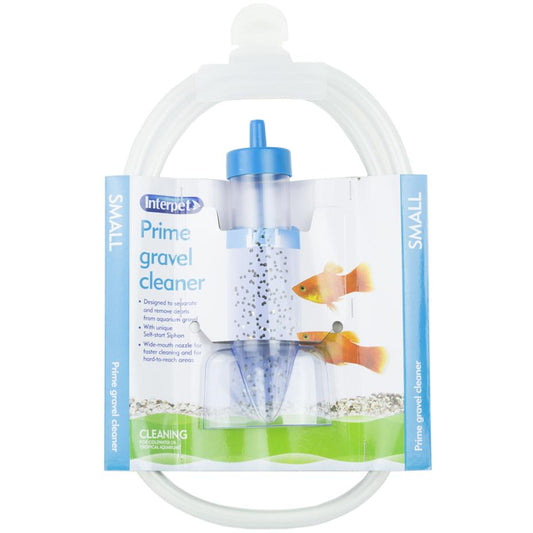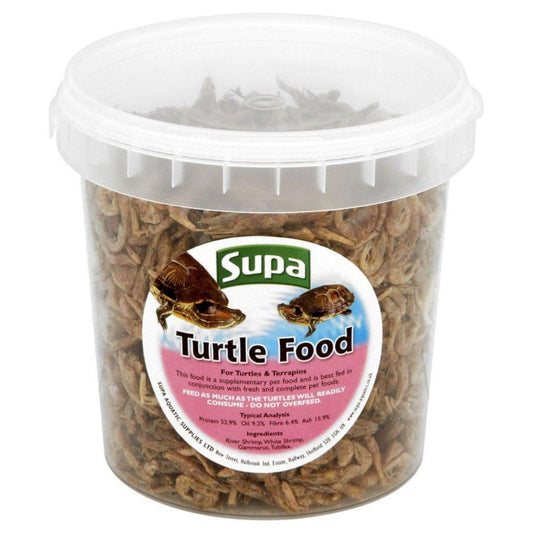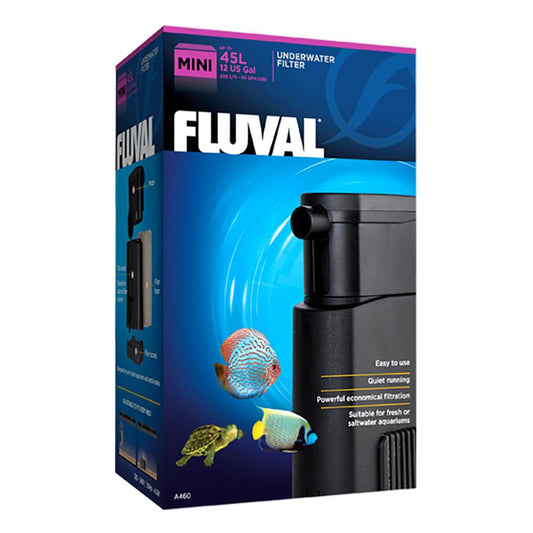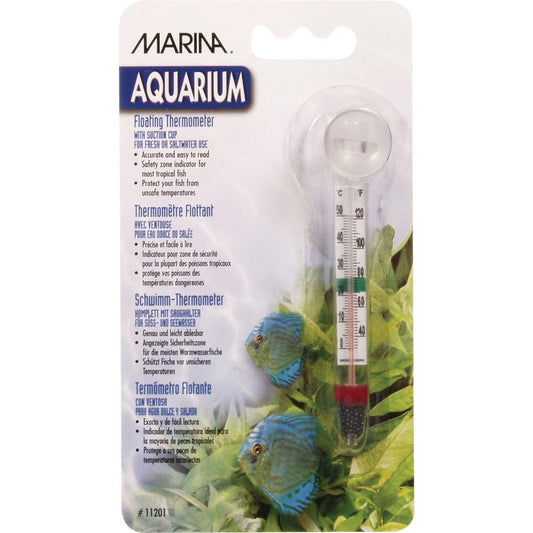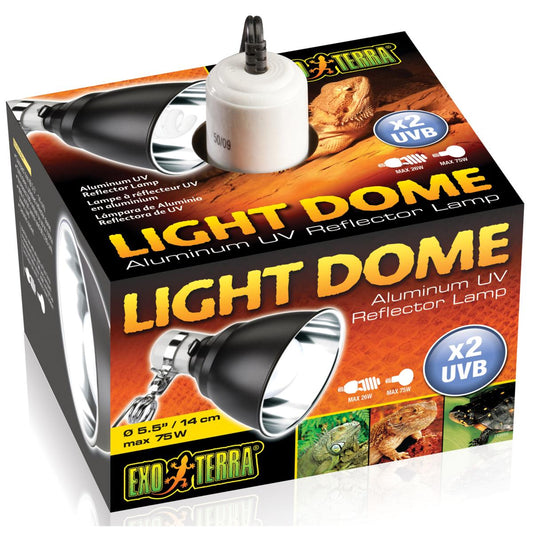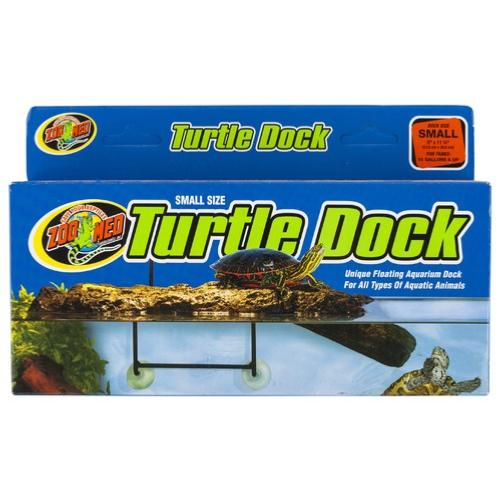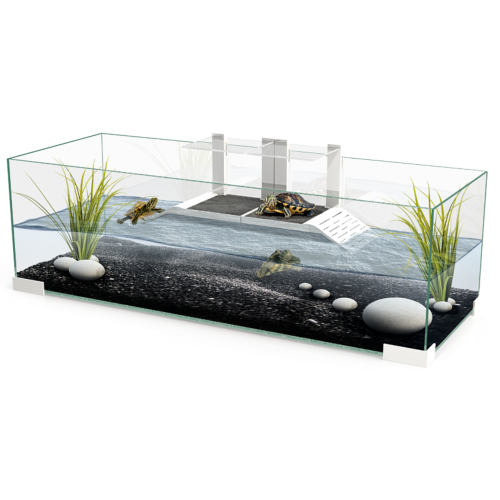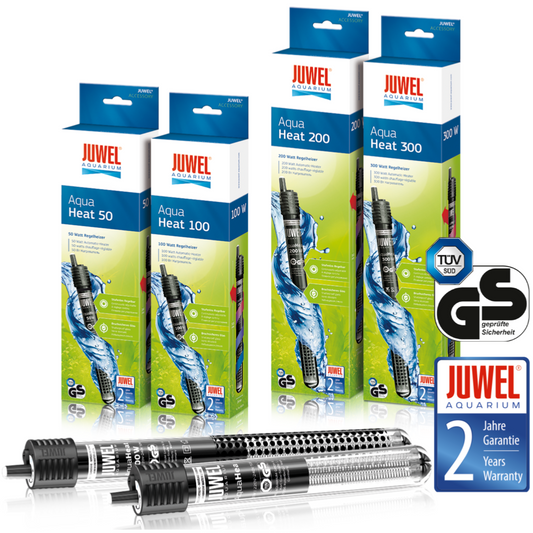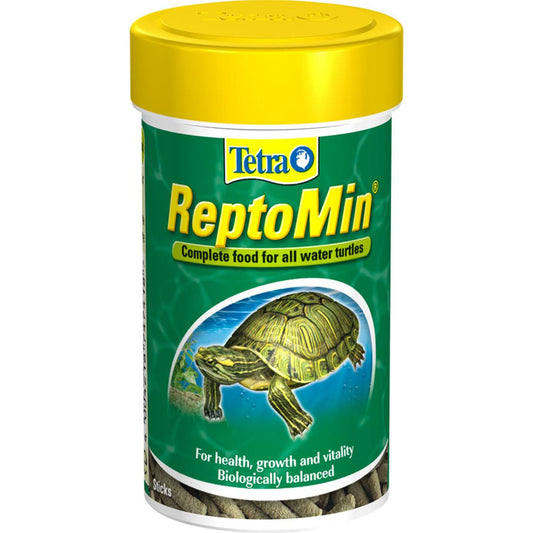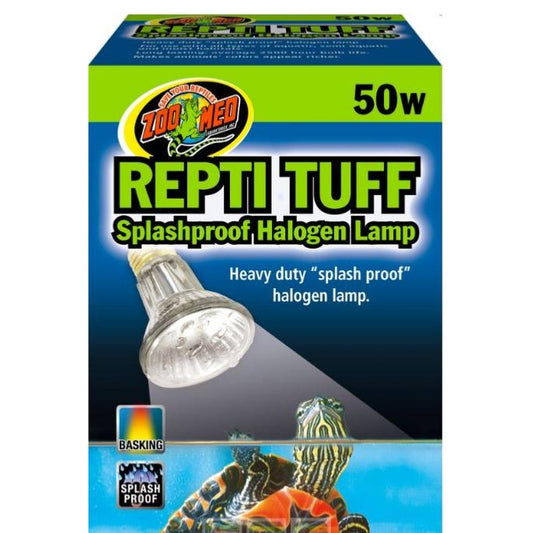
Also known as the Eastern Musk Turtle, or the Stinkpot, the Common Musk Turtle is a popular choice as an aquatic pet terrapin, due to their relatively small size and ease of care. They may be small, but they can be feisty, and with a lifespan of up to 50 years they are not a commitment to be undertaken in a hurry!
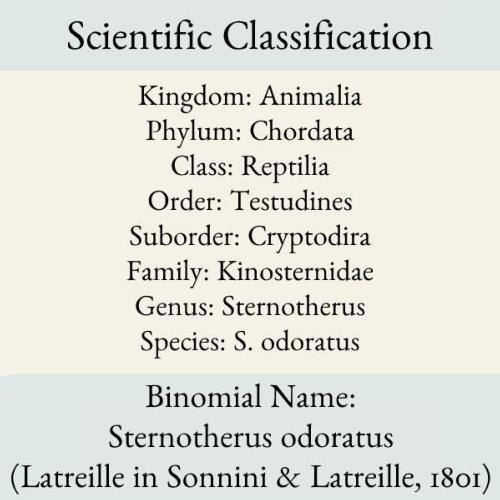
Sternotherus odoratus - Scientific Classification
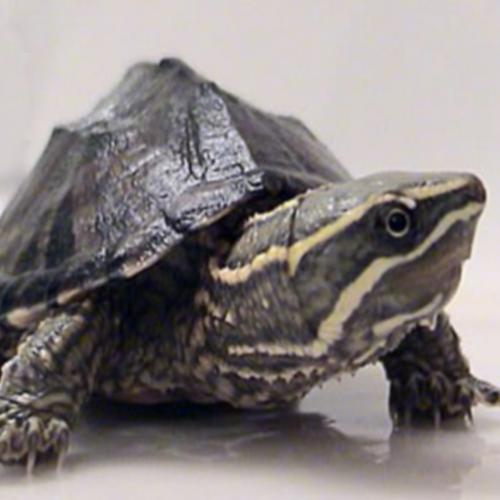
The Musk Turtle is a small turtle with a highly domed shell
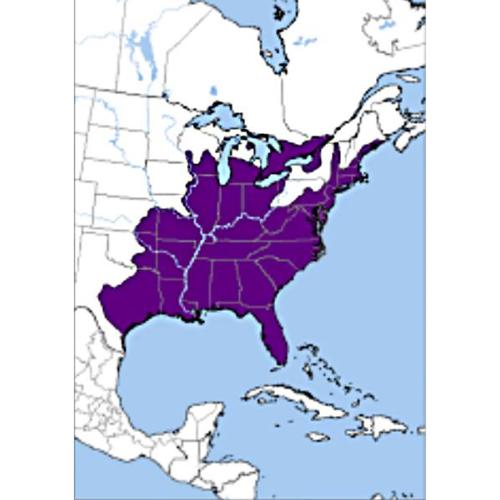
Sternotherus odoratus - Distribution Map

Common Musk Turtles are found in a variety of wetland habitats and shoreline habitats, favouring shallow watercourses with muddy, organic bottoms, abundant aquatic vegetation and slow currents as part of the same classification family as mud turtles.
The Stinkpot can be found living in southern Ontario, southern Quebec, and in the Eastern United States from southern Maine in the north, south through to Florida, and west to central Texas, with a disjunct population located in central Wisconsin.
Although the common musk turtle holds no federal conservation status in the US and is quite common throughout most of its range, it has declined notably in some areas, and appears to be more sensitive than some native species to human degradation of wetlands. It is listed as a threatened species in the state of Iowa and as a species at risk in Canada, and is protected by the federal Species at Risk Act (SARA), while it is also protected under Ontario's endangered species act. In this part of its range, only wetlands with minimal human impact have robust populations. Road mortality of breeding females may be one of the problems associated with human development. Water pollution, raccoon predations, and incidental mortality from fishing lines and traps are all threats to this species. Although they tend to move less than 1km in short bursts, high rates of road mortality is another threat to the species.

Musk Turtles tend to be solitary creatures, and do not enjoy the company of other turtles. In fact, they have gained a notoriety for their brutal behaviour when tankmates take a disliking to one another, especially when both inhabitants are of the same species. Even opposite sex pairs intended for breeding may exhibit poor behaviours to one another, and may need to be kept separately for the majority of their lives. Males of this species tend to be particularly intolerant of tankmates.
Although some grouping behaviours are exhibited in the wild, this is likely due to resource location. As reptiles, they have fairly low feeding requirements and no migratory tendencies compared to some other vertebrates, so forming relationships and friendships with others of their species would not be beneficial in a wild situation. This is transferred to the captive environment and it is likely that what we, as humans, see as companionship, will serve only as a constant stressor to turtles kept with others in regard to food scarcity.
For those who do try to maintain a community environment with multiple Common Musk Turtles sharing one aquarium, constant vigilance and preparation to be able to separate the inhabitants at a moment's notice is imperative for their safety, should aggressive behaviour be exhibited.

The creation of a reasonably shallow watercourse by way of an aquarium, tartarium or terrarium with a powerful water filter at one end, is the key to a comfortable environment for this species of terrapin.
Enclosure size will depend on the age and size of your pet, and of course whether you choose to have more than one turtle. A 60cm long Tartarium tends to be sufficient for one Common Musk Turtle, although a particularly large specimen may require a size upgrade to provide comfortable swimming space as an adult. For those who wish to attempt to keep multiple Common Musk Turtles in one enclosure, a minimum tank size of 120 litres is required.
As a ground walking species rather than a particularly strong swimmer, a water depth of around 10cm is ideal for young turtles, extending to a depth of 15cm as the turtle nears its adult size.
A dry basking area should be provided in the form of a Turtle Dock onto which the Common Musk Turtle will clumsily scramble to bask beneath their heating provision.
Strong and reliable filtration is the key to successfully keeping such a pet without odour or harm to the turtle from excessive toxins building up in their environment. Choose a filter which is designed to filter at least 4 times the amount of water in your tartarium per hour, and that can safely be used horizontally to allow for the lower water level required in a turtle tank, such as the Fluval U-Series Internal Filter.

Musk Turtles have a high bio-load (they create a lot of waste!), so regular aquarium maintenance is necessary alongside a good filtration system.
Excess food should be removed from the enclosure as soon as possible, with a net being used to catch any food which has not been eaten within 15 minutes, to prevent the food from decomposing in the water.
The water should be clean and clear at all times, which can usually be achieved by performing water changes of 20% weekly. A gravel cleaner should be used during these water changes to remove debris trapped within the substrate, in order to reduce the build-up of excess anaerobic bacteria, which can be harmful if allowed to bloom as it can reduce available oxygen within the water system to dangerous levels, as well as the risk of opportunistic bacteria causing infections.
Before replacing the water in the tartarium, it should always be brought to a suitable temperature (don't add very hot or cold water to the turtle enclosure) and a Turtle-Safe Tap Water Conditioner used to remove chlorine and neutralise chloramine and heavy metals.

For an owner who enjoys a pet more suitable for observation rather than regular handling, a Common Musk Turtle may be ideal! They are fun, interesting and inquistive creatures, who will certainly get to know your routine and will be very keen to interact come feeding time. Staying reasonably small, they are a hardy little species and certainly a good choice for a less experienced turtle keeper.
They are inexpensive to keep and maintain, but you can expect the initial cost of acquiring a suitable enclosure and equipment for your new pet to be quite high. The most expensive component of their ongoing care is regular replacement of the UV bulb, and of course the fact that, should they become ill, you will need to visit a specialist reptile vet. As with any animal, a potential owner should not take on a Common Musk Turtle unless they are confident they will be able to provide for their new pet (financially and physically) for at least their natural lifespan.


The length of a terrapin is usually defined as the length of its carapace, or shell. Common Musk Turtles usually grow to between 4 and 5 inches in length, with an average body weight of around 600 grams.
In captivity, this species will usually live for between 30 and 50 years.
As a fast moving, quick nipping species, the Common Musk Turtle should be handled with care. When frightened, they can release a nasty smelling odour, designed as a defence mechanism against predators. Aquatic turtles carry Salmonella bacteria in the gut, so care should be taken to wash hands well after handling these pets.
Baby turtles in particular are certainly capable of catching their owners by surprise with a sharp nip, which can be quite painful. However, well handled turtles will rarely bite their owners.
Yes, all three of these items are essential in the care of this species. The water temperature should be maintained between 22°C and 26°C by a submersible heater, the ambient temperature at the basking area should be around 29°C and UVB light on a 12 hour on-off cycle is necessary for metabolic processes.
An ideal feeding schedule will have younger turtles being fed little and often - at least daily, whereas adults should only be fed every other day once they are fully grown.
In the wild, this species enjoys a variety of small snails, mollusks, crayfish and aquatic insects. Pet Musk Turtles are best fed a complete diet designed for terrapins, supplemented with bloodworms, morio and mealworms, small pieces of fish and beef heart, and dried shrimp.


